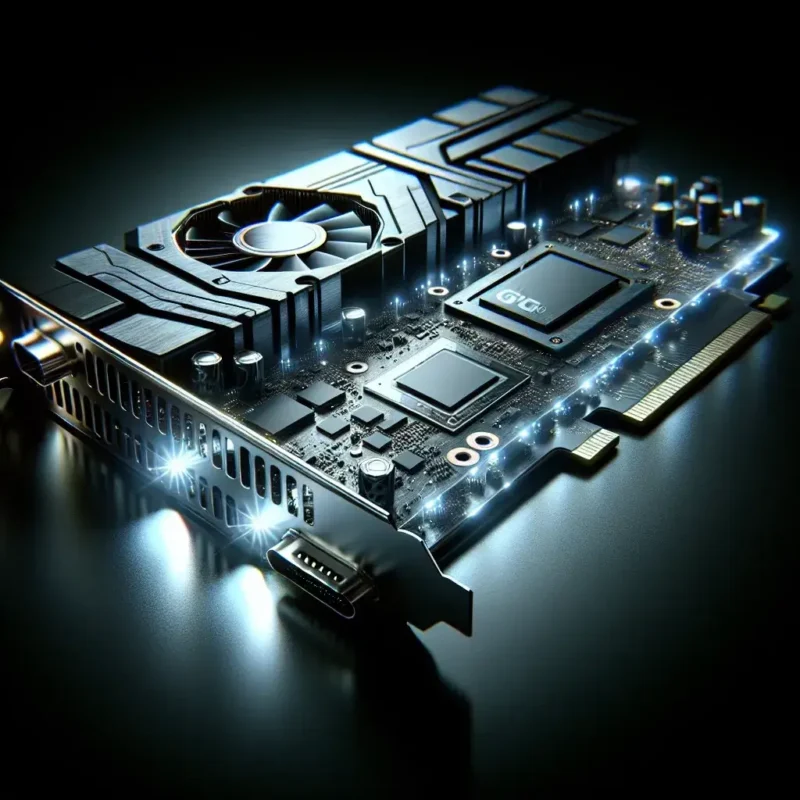Introduction
In the rapidly evolving world of technology, the debate between PC modularity and mobile repairability has become increasingly relevant. As consumers demand greater sustainability and longevity from their devices, understanding the lessons offered by the modular design of PCs compared to the often sealed nature of mobile devices is essential. This article delves into the intricacies of both approaches, highlighting their respective benefits, challenges, and the broader implications for users and the environment.
The Rise of Modularity in PCs
PC modularity refers to the design approach that allows various components of a computer to be easily replaced or upgraded. This trend gained momentum in the late 1990s and early 2000s, with the PC industry embracing a philosophy centered around easy access and customization.
Historical Context
The roots of PC modularity can be traced back to the early days of computing. In the 1980s, enthusiasts often built their own computers, selecting components like processors, graphics cards, and memory based on their specific needs. This DIY culture laid the groundwork for a modular approach, emphasizing personal choice and adaptability.
Benefits of PC Modularity
- Customization: Users can tailor their PCs to meet specific requirements, upgrading components as necessary.
- Repairability: Individual parts can be replaced easily, extending the lifespan of the entire system.
- Cost-effectiveness: Instead of purchasing a new system, users can upgrade or replace specific components, saving money in the long run.
- Environmental Impact: Reduced electronic waste by repairing rather than replacing entire systems.
Challenges of PC Modularity
- Complexity: Building or upgrading a PC requires a certain level of technical knowledge, which may deter some users.
- Compatibility Issues: Not all components are interchangeable, requiring careful selection.
The State of Mobile Repairability
In contrast, mobile devices, particularly smartphones, have evolved towards a more integrated design. Manufacturers often seal their devices, making repairs and upgrades challenging.
Historical Context
As mobile technology advanced, manufacturers prioritized sleek designs and compactness, leading to a trend of unibody constructions and non-removable batteries. While this approach improved aesthetics, it has made repairability a significant concern.
Benefits of Mobile Repairability
- Simplicity: Users can often perform basic repairs, like battery replacement, even if more significant repairs are complicated.
- Standardization: Many components, such as screens and batteries, are becoming more standardized, making third-party repairs feasible.
Challenges of Mobile Repairability
- Sealed Designs: The trend towards sealed devices means that many repairs are only possible through authorized service centers.
- Cost: Professional repairs can be expensive, discouraging users from repairing their devices.
- Durability: While sealed designs may offer better protection against dust and water, they compromise repairability.
Lessons Learned from PC Modularity
The lessons learned from the modular design of PCs can directly inform the future of mobile device repairability. Here are several key takeaways:
1. Emphasizing Repairability in Design
Manufacturers can adopt a more modular approach in mobile designs, making devices easier to open and repair. By prioritizing repairability, companies can enhance customer satisfaction and reduce waste.
2. Encouraging User Empowerment
Just as PC enthusiasts enjoy customizing their systems, mobile users could benefit from a similar sense of empowerment. Providing access to repair manuals and necessary tools would enable users to handle minor repairs independently.
3. Sustainability as a Core Principle
Sustainability should be at the forefront of mobile device design. Implementing modular components can significantly reduce electronic waste, aligning with global efforts towards environmental responsibility.
4. Compatibility and Standardization
Building standardized components for mobile devices can facilitate third-party repairs, leading to a more competitive repair market and potentially lowering costs for consumers.
Future Predictions
As consumers become more environmentally conscious, manufacturers will need to adapt to meet these expectations. The future may see a hybrid approach, combining the aesthetics of mobile devices with the modularity of PCs, striking a balance between sleek designs and repairability.
Conclusion
In conclusion, the lessons learned from PC modularity offer valuable insights into improving mobile repairability. As technology continues to advance, embracing these lessons can lead to a more sustainable and user-friendly future for all devices. By prioritizing modular designs, encouraging consumer empowerment, and emphasizing sustainability, manufacturers can significantly enhance the user experience while contributing to a healthier planet.



